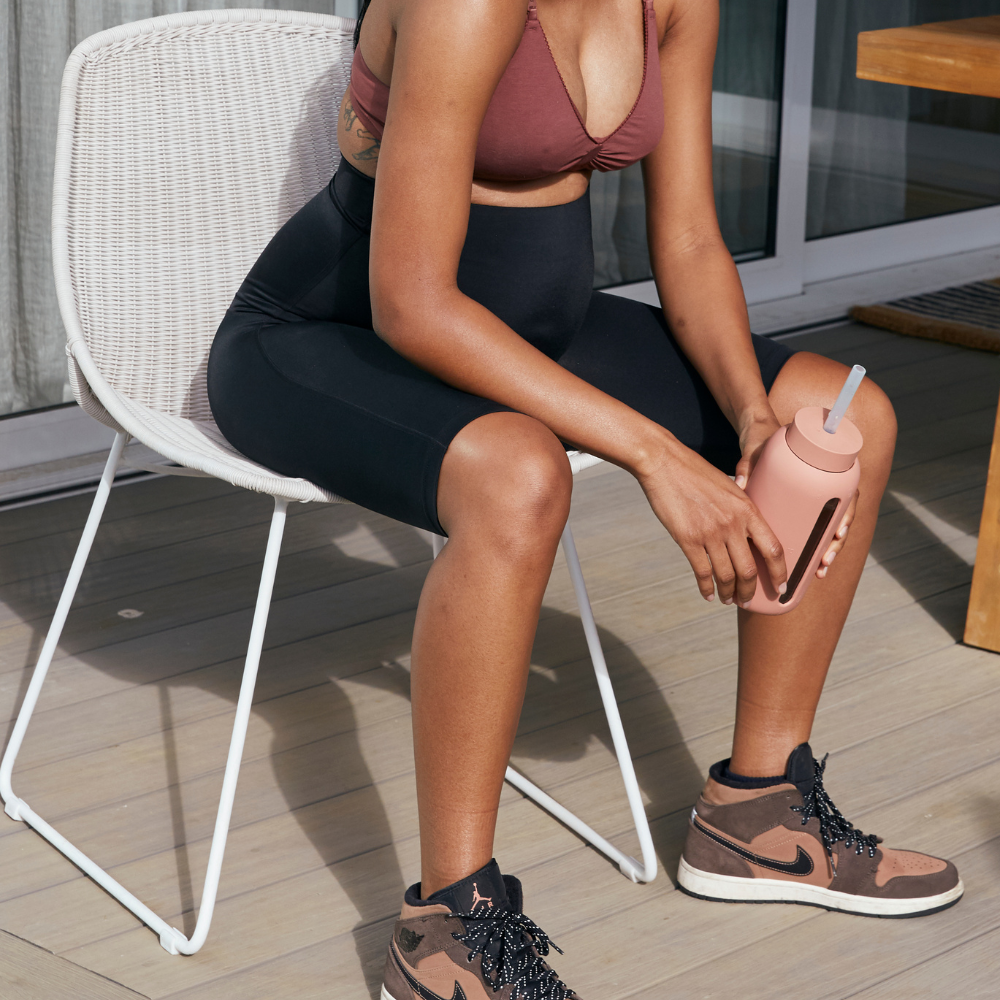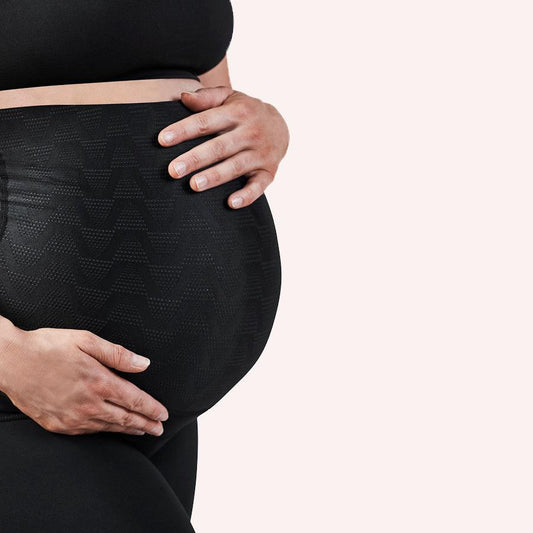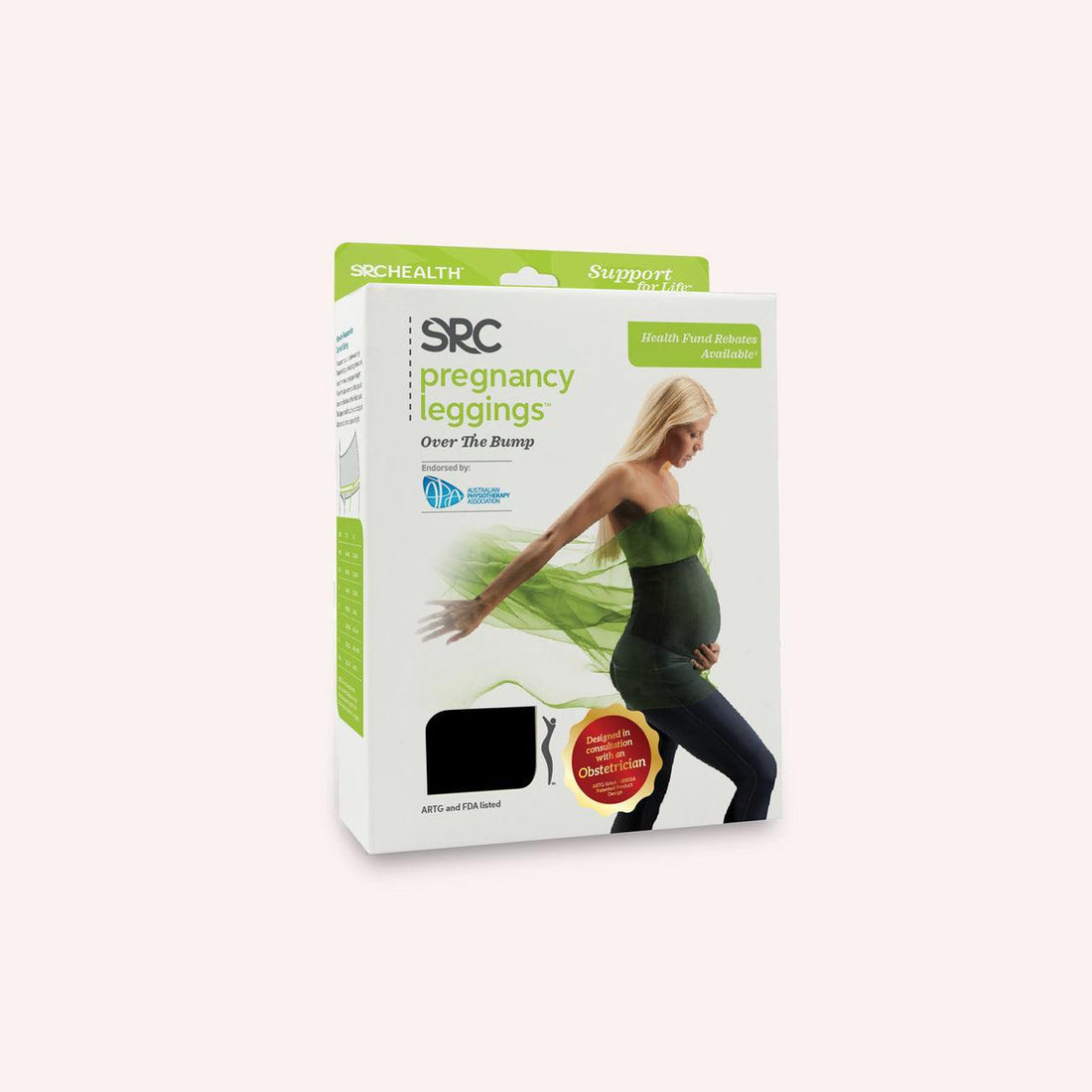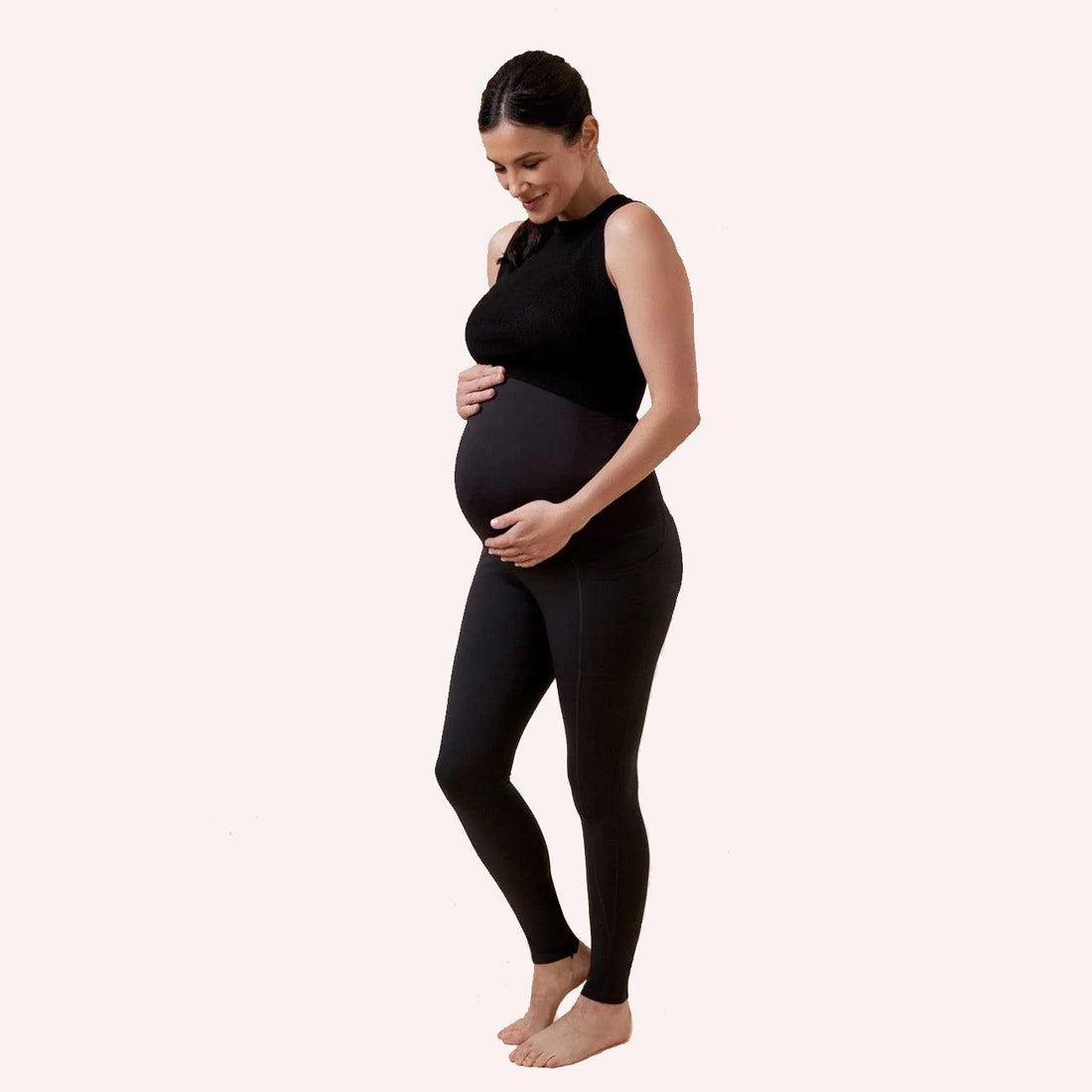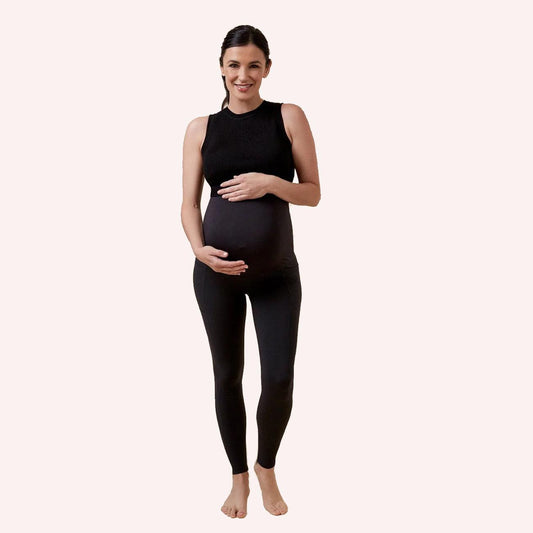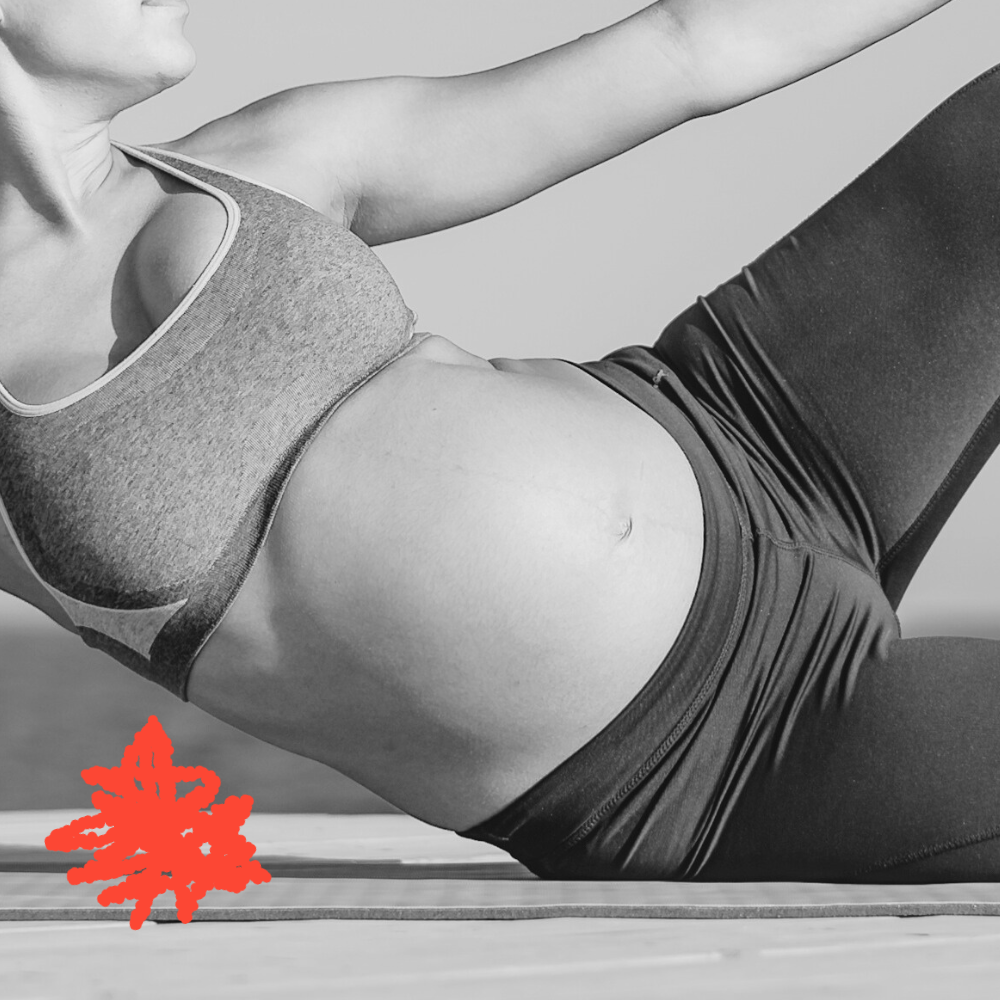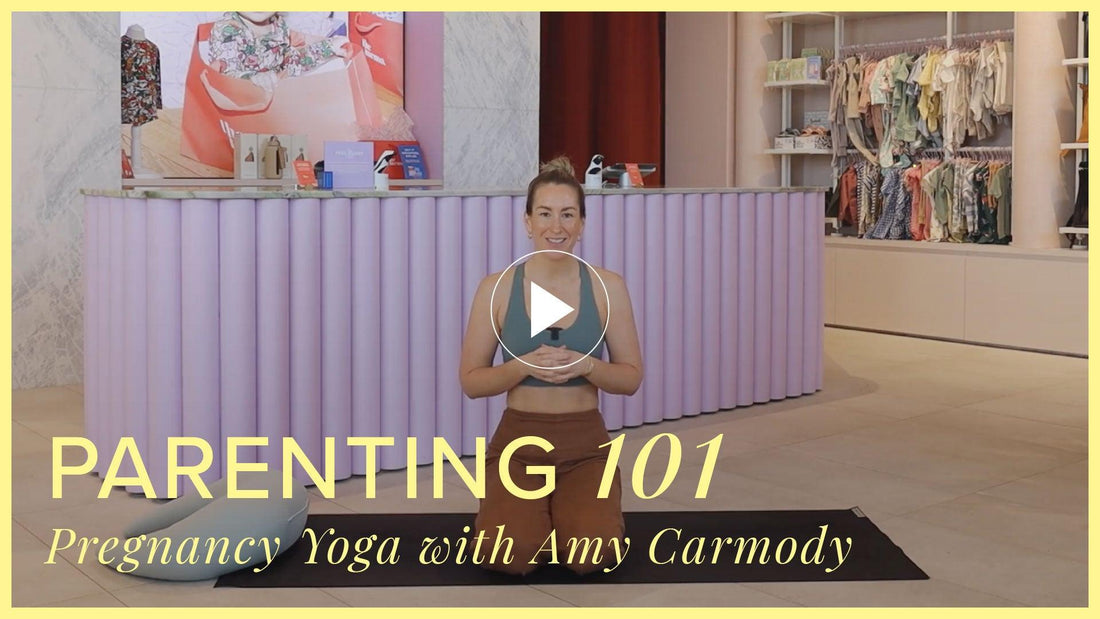Your body isn’t the only thing undergoing a massive overhaul in pregnancy — your whole routine gets a shakeup too. Things that once came easily (like sleep, and eating whatever you want) suddenly are not — and then there’s exercise. In the early stages it can feel daunting, or even plain impossible to exercise when there’s nausea and morning sickness to deal with, and as your belly grows, it can be even more confusing to know what you can (and can’t) do from a practical, and safety perspective.
To clear it up for you, we enlisted Jen Dugard, Founder of MumSafe, a website created specifically for finding safe and effective exercise throughout (every stage of) motherhood to help us navigate through.
Why exercise?
It might be tempting to give exercise a rest for the whole nine months, but the benefits of a regular exercise routine are huge — for you and baby. These can include reducing gestational diabetes and hypertensive disorder, preterm birth and lower birth weight as well as minimising the risk of developing depression.
“We also know that for many women pregnancy, labour and motherhood will be some of the most physically demanding work she has ever done, so taking a gradual approach to building her strength during her pregnancy will mean she is physically stronger and has a better foundation to move through motherhood with,” says Jen. She also notes that many of her own clients have come to her after their first child to build their strength postnatally, and these same women have later reported that their pregnancy, birth and rebuilding period improved greatly with their subsequent children, as they had a stronger body going into it.
What pregnancy does to your body
There’s another reason why a regular exercise routine in pregnancy is so important: and that’s because your body is under so.much.stress. Here are just a few of the things your body is going through.
1. Upper back, shoulders and traps: “These become more rounded and potentially tight as the pregnancy progresses, and the tummy and breasts grow,” she says. This continues (and worsens) in postpartum when breastfeeding and carrying sees you hunched over for hours each day (and night).
2. Hip flexors become tight: This is because the weight gain in your belly often means you begin to tip slightly forward, putting pressure on the hips to correct. “If she has an office job and spends lots of her day sitting down this can be exacerbated as flexors become tight and her glutes become less activated because they are extended more often,” says Jen.
3. The abdominal wall becomes stressed over time: As the baby grows the abdominal muscles will stretch and in many cases “a separation will form at her linea alba (the connective tissue in the middle of her rectus abdominis) called diastasis recti or abdominal separation,” Jen explains.
4. The pelvic floor will be more loaded: As the baby grows, there is less room for everything else, which increases pressure in the bladder. Often this can cause Stress Urinary Incontinence (SUI) — and is another reason why pelvic floor exercises are vital during this time.
5. The pelvis is carrying more stress: “There are three joints of the pelvis, two at the back (the Sacroiliac Joints or SIJ) and the Pubic Symphysis at the front,” explains Jen. “The additional weight and stress on these joints and on her pelvis as a whole can cause a number of different types of pelvic pain; SIJ pain, Pubic Symphysis Pain, Sciatic Pain and Pelvic Girdle Pain.”
Exercising when pregnant: what’s safe and what’s not
One of the key things to remember with any exercise routine is that you need to tailor it to your specific circumstances — there’s no blanket “good” or “bad”. That said, Jen also advises that there are some things that are on the “no” list for everyone while pregnant. These include:
- Crunching exercises that tighten and strengthen the rectus
- Weighted twisting exercises that put a lot of stress on the obliques
- Exercises that cause a lot of peaking or doming at the rectus
- Any single leg exercise if you have any kind of pelvic pain
- Hip extension exercises if you have sciatic pain
Can I still run while pregnant?
But what about running? Jen says that the research is limited in this space, however,”when considering running during pregnancy (or doing any exercise) the most important thing to consider is risk vs reward or cost vs benefit. Ask yourself ‘does the benefit of this exercise or type of movement outweigh the cost or reward?’”. The thing with running is that it puts strain on your pelvic floor and joints, and considering you’re already carrying more weight this can put more stress on your body overall. “My advice would be to try to see pregnancy as the ‘off season’ when it comes to running, consider stopping from around 20 weeks and doing other cardiovascular exercise instead,” she says. Consider something like walking uphill which has similar benefits without the impact.
Exercise by trimester
While an optimal exercise plan is something that should be individualised and discussed with your health care team, there are a few considerations that are specifically relevant for each trimester that you’ll need to be aware of.
First Trimester: Obviously the first trimester often goes hand-in-hand with nausea so you may need to adapt your training to account for this. Also “If you have a history of miscarriage or had trouble falling pregnant you may be advised to exercise at a lower intensity during this time,” says Jen.
Second Trimester: This is when you’ll need to reduce exercises done while lying flat on your back, as it can cause dizziness (thanks to impinged blood flow). Jen also advises to consider reducing running so there’s less impact on your pelvic floor, and removing olympic lifting, switching to single arm exercises instead.
Third Trimester: “Be aware of changes in centre of gravity and be ready to adapt exercises accordingly,” says Jen. It’s also a good idea to add some pelvic floor relaxing techniques like child’s pose into your routine.
All Trimesters: Shelve high altitude activities, any that could increase danger or impact and those which generate excessive heat.
The common theme here is that while movement is essential during this time, go gently. Remember, your body is already working overtime at, you know, creating life, so we don’t have to add more to its load at this time.

